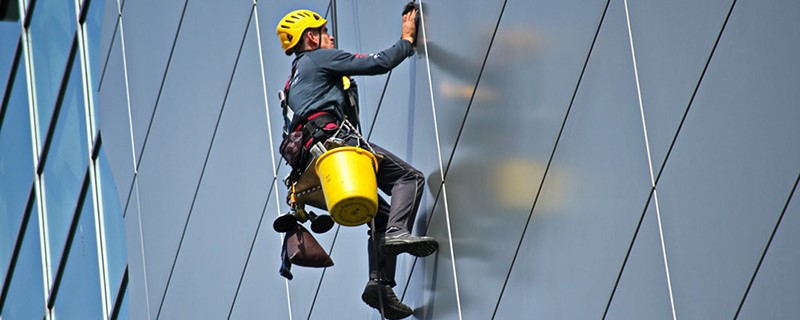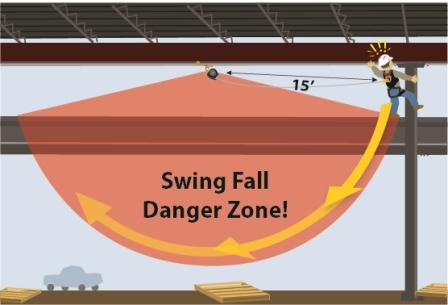Choose the topic:
1
/
6
10 most frequently questions and answers related to the permit-to-work system (PTW) -safety training
10 most frequently asked questions and answers related to Confined Spaces – safety training
10 most frequently asked questions and answers related to Lockout/Tagout (LOTO) – safety training
Nebosh IGC 1 – Element 1: Foundation in Health & Safety (Questions and Answers) – safety training
Nebosh IGC 1 – Element 2 – Setting Policy Health and Safety (Questions and Answers) -safety training
Nebosh IGC 1 – Element 3 – Organizing for Health and Safety (Questions and Answers) -safety training
10 most frequently asked questions and answers for the safety professional job interview – 2
10 most frequently asked questions and answers for the safety professional job interview – 3
10 most frequently asked questions and answers for the safety professional job interview – 4
Nebosh IGC 1 – Element 4 (Part 1/2) : Promoting a Positive Health and Safety Culture (Q & Answers)
1
/
6












